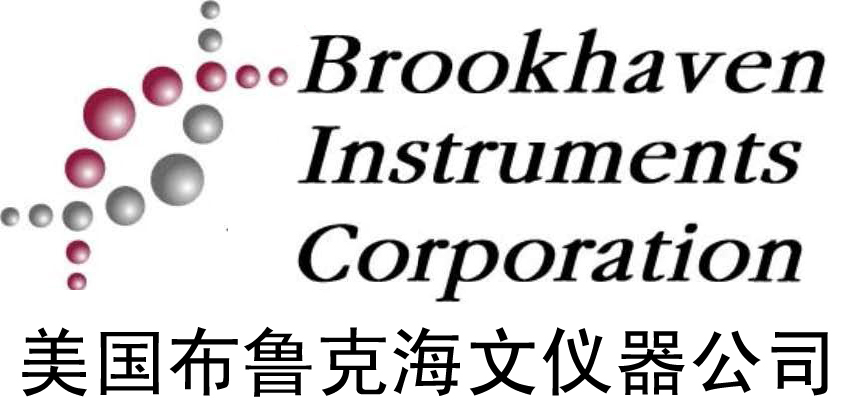產(chǎn)品搜索:
郵編:100044
聯(lián)系人:王繼軍
留言:在線留言
商鋪:http://ystaxi.com/company_b0011900/
90Plus 納米粒度儀應(yīng)用案例-1
點(diǎn)擊次數(shù):270 發(fā)布時(shí)間:2014-12-7
文獻(xiàn)名:Surfactant-Polymer Nanoparticles Enhance the Effectiveness of Anticancer Photodynamic Therapy
作者:Ayman Khdair, Brigitte Gerard , Hitesh Handa , Guangzhao Mao, Malathy P. V. Shekhar, and Jayanth Panyam
Department of Pharmaceutical Sciences, Eugene Applebaum College of Pharmacy and Health Sciences, Wayne State University, Detroit, Michigan 48201, Department of Pharmaceutics, College of Pharmacy, University of Minnesota, Minneapolis, Minnesota 55455, Breast Cancer Program, Karmanos Cancer Institute, 110 East Warren Avenue, Detroit, Michigan 48201, Department of Chemical Engineering and Materials Science, College of Engineering, Wayne State University, Detroit, Michigan 48202, and Department of Pathology, Wayne State University School of Medicine, Detroit, Michigan 48201
摘要:Photodynamic therapy (PDT) is a promising treatment modality for cancer. PDT is based on the concept that photosensitizers, when exposed to light of specific wavelength, generate cytotoxic reactive oxygen species (ROS) capable of killing tumor cells. The effectiveness of PDT has been limited in part by the lack of photosensitizers that accumulate sufficiently in tumor cells and poor yield of ROS from existing photosensitizers. In this report, we investigated whether aerosol OT-alginate nanoparticles can be used as a carrier to enhance the therapeutic efficacy of a model photosensitizer, methylene blue. Methylene blue loaded nanoparticles were evaluated for PDT effectiveness in two cancer cell lines, MCF-7 and 4T1. Encapsulation of methylene blue in nanoparticles significantly enhanced intracellular ROS production, and the overall cytotoxicity following PDT. It also resulted in higher incidence of necrosis. Greater effectiveness of nanoparticles could be correlated with higher yield of ROS with nanoparticle-encapsulated methylene blue. Further, treatment of tumor cells with nanoparticle-encapsulated methylene blue resulted in significant nuclear localization of methylene blue while free drug treatment resulted in its accumulation mainly in the endolysosomal vesicles. In conclusion, encapsulation of methylene blue in aerosol OT-alginate nanoparticles enhanced its anticancer photodynamic efficacy in vitro. Increased ROS production and favorable alteration in the subcellular distribution contribute to the enhanced PDT efficacy of nanoparticle-encapsulated photosensitizer.
關(guān)鍵詞:Reactive oxygen species; photosensitizer; cancer therapy; cellular delivery; cytotoxicity

會(huì)員1.png)
